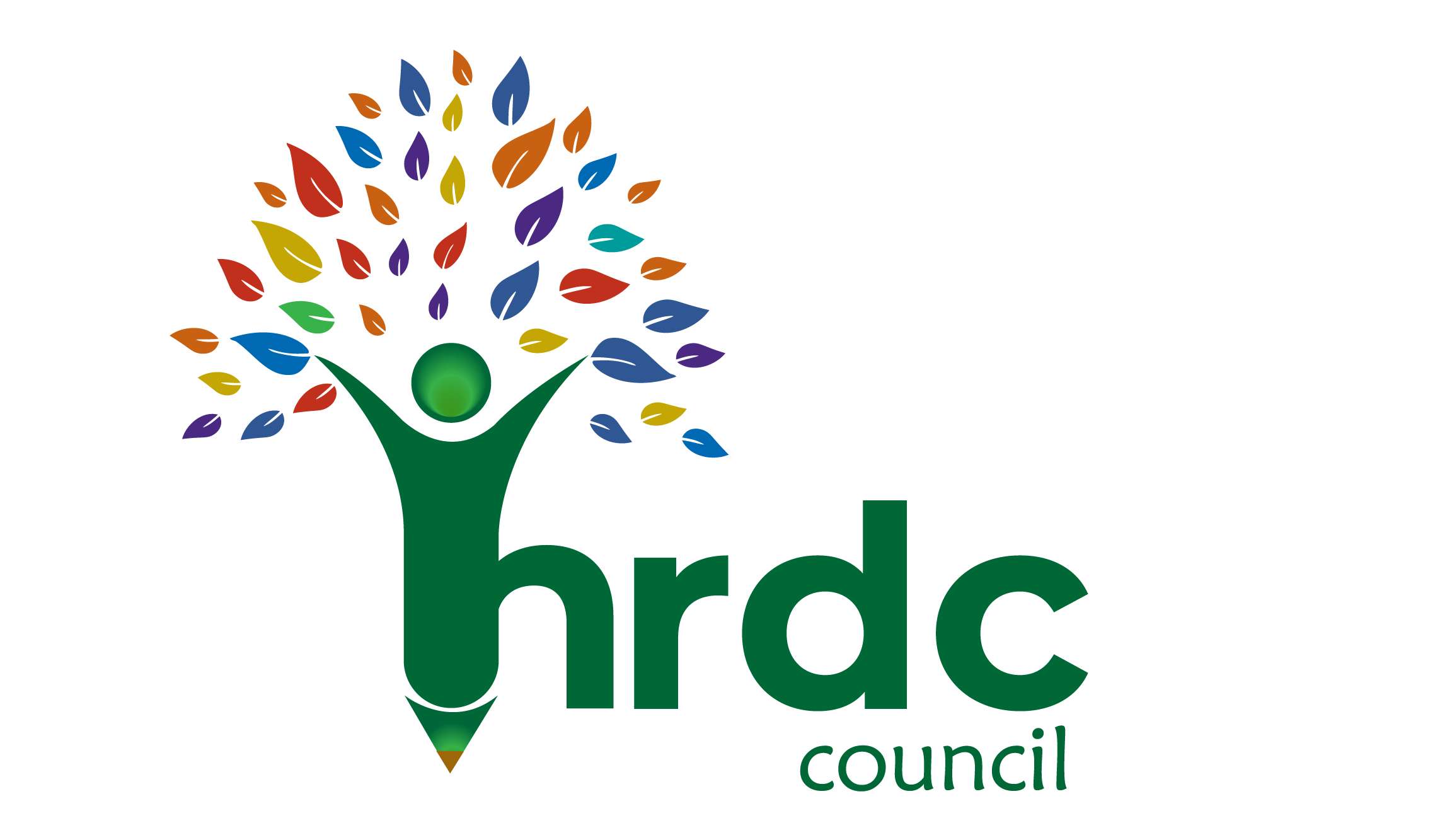Our world has abundant fast-developing technology, and companies greatly benefit from them. However, a dedicated and talented workforce can make a company reach great heights. Marissa Mayer said, “It’s about getting the best people, retaining them, nurturing a creative environment & helping to find a way to innovate.” Organizations require various resources to be functional, and all human resources remain of the most significance. Thus, continued human resource development becomes essential for any workspace, especially modern workspace. The employee in a modern workspace demands continuous personal and career growth, and through HRD training, employees can progress quickly.
Formal Training.
These training programs are in-class training and planned organizational changes, which can improve employees’ skills and increase their and the organization’s value. Formal Training in HRD continues to be necessary due to its excellent results and inevitability. It is not hidden that well-planned employee training programs positively affect an employee’s level of engagement. Formal training in HRD can include various programs, some of which are Sexual harassment and discrimination prevention, Equal employment opportunity and diversity training programs, and Safety and risk management as required by (OSHA).
Informal Training.
Employees in modern workspace gain skills from observing others along with formal training. A better relationship between employees and their peers can help build skills and productivity. Informal training includes development classes by internal staff or senior peers to help the employee develop a better understanding of the organization and contribute to its growth. These informal training programs often have better success rates due to their personal and intimate settings, which is essential in the modern workspace.
Here’s why human resource development is necessary for a modern workspace.
- Employee engagement and empowerment.
Modern organizations require talented manpower who is motivated and dedicated, and HRD fills that bridge between hiring and empowering talented professionals. When an employer invests in their employees to help them get formal training for skills enhancement, they will likely stay longer at the organization and perform diligently.
- Technological development.
Technology is advancing every other day, and employees stuck in one position often feel behind in the competitive world. Thus, HRD comes into play to ensure employees are trained at par with modern technology in the modern workplace for high-quality performance. When employees are trained by their organization, it can also encourage them to bring better results.
- Efficient restructuring.
Compared to traditional workspaces, modern workspaces have less structured layers of subordinates. Human resource development through specialized training and development programs has successfully made these structural changes work. Modern workspace has departments divided according to specialized functions, and HRD helps properly manage and develop these departments.
- Employee satisfaction.
It’s simple, an Organisation with a favorable climate for learning and facilities for training and development along with career development and proper guidance are provided the employees take the initiative to learn more. Employees are always satisfied working in an organization where employees can learn new things and develop themselves. Through HRD, the modern workspace can decrease labor problems and maintain better relations between the organization and employees.
CONCLUSION:
Modern organizations and workspaces aim to bring the utmost potential out of employees, and human resource development aims to identify and develop human potential. Through HRD in the modern workspace, there can be optimum utilization of human resources for better productivity and profitability.


